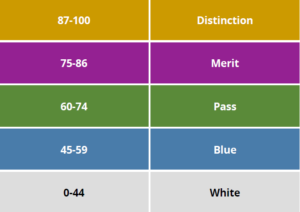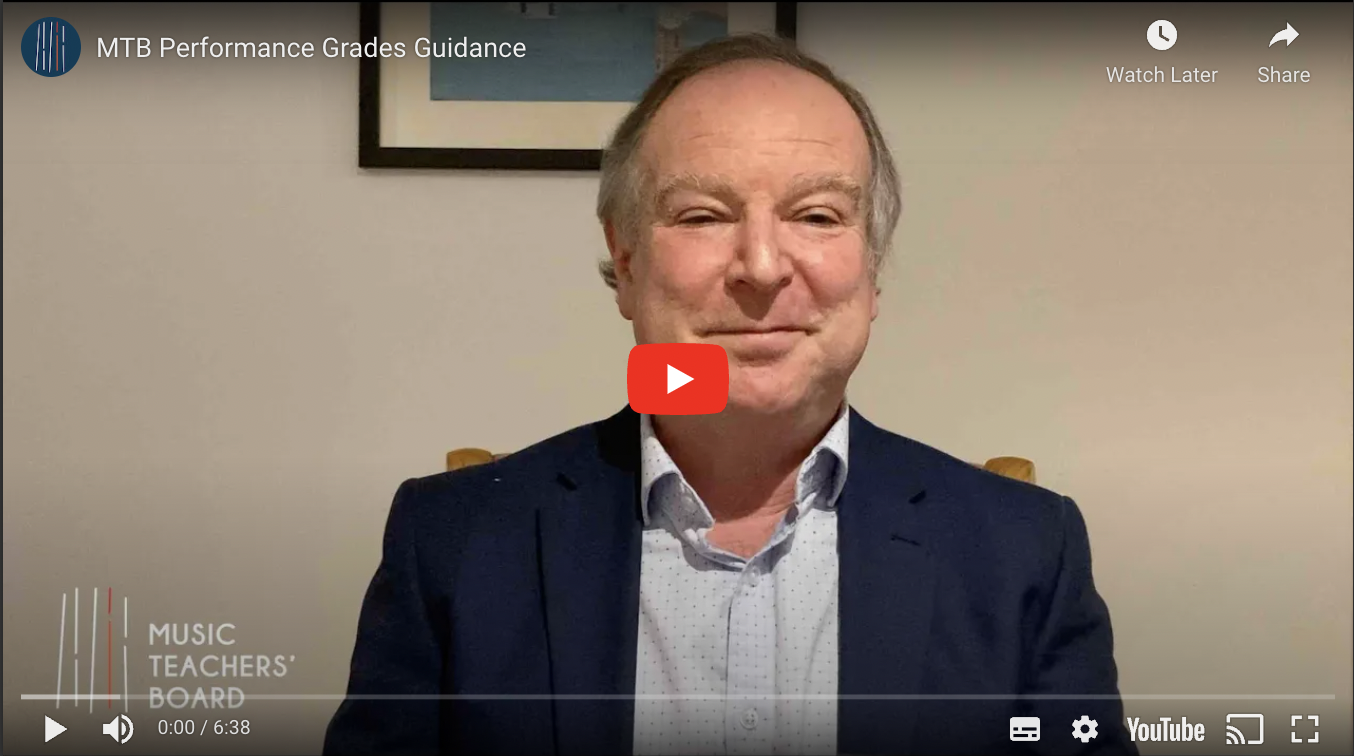Our Performance Grades are an alternative to our Practical Grades, providing a different route to achieve the equivalent qualification level, providing the same number of UCAS points for grades 6-8. Our Performance Grades assess your ability to present a recital programme consisting of 4-5 pieces* with a target duration.
What is the difference between Practical and Performance Grades?
MTB Practical Grades test proficiency with your chosen instrument and assess a broad array of technical and musical skills. These follow our syllabuses comprising a Recital section, Technical section and in most cases a Musicianship section. These exams are effectively our online equivalent to the Face to Face graded exams offered by other Boards, including the performance of pieces plus all the technical and musicianship elements you would expect to find in these.
MTB Performance Grades assess your ability to present a recital programme. The exam consists of a performance of 4-5 pieces with a target duration. This exam is designed to replicate a live concert performance and therefore also assesses stagecraft, sense of performance and your programme. There are no technical or musicianship exercises required. MTB Exams’ Performance Grades are our equivalent to the new performance focused online exams offered by some other Boards.
The detailed marking criteria for Performance Grades provides useful additional information and can be downloaded here.
*Please note that for Contemporary instruments/syllabuses, as piece lengths tend to be longer, there is the option to perform 3 pieces if 4 pieces would exceed the target duration. Contemporary instruments/syllabuses include: Contemporary Drums, Contemporary Guitar, Contemporary Singing & Bass Guitar. The remaining instruments/syllabuses require a minimum of 4 pieces.
To learn more about the different elements of our performance grades please press on the plus symbol next to the headings below.




